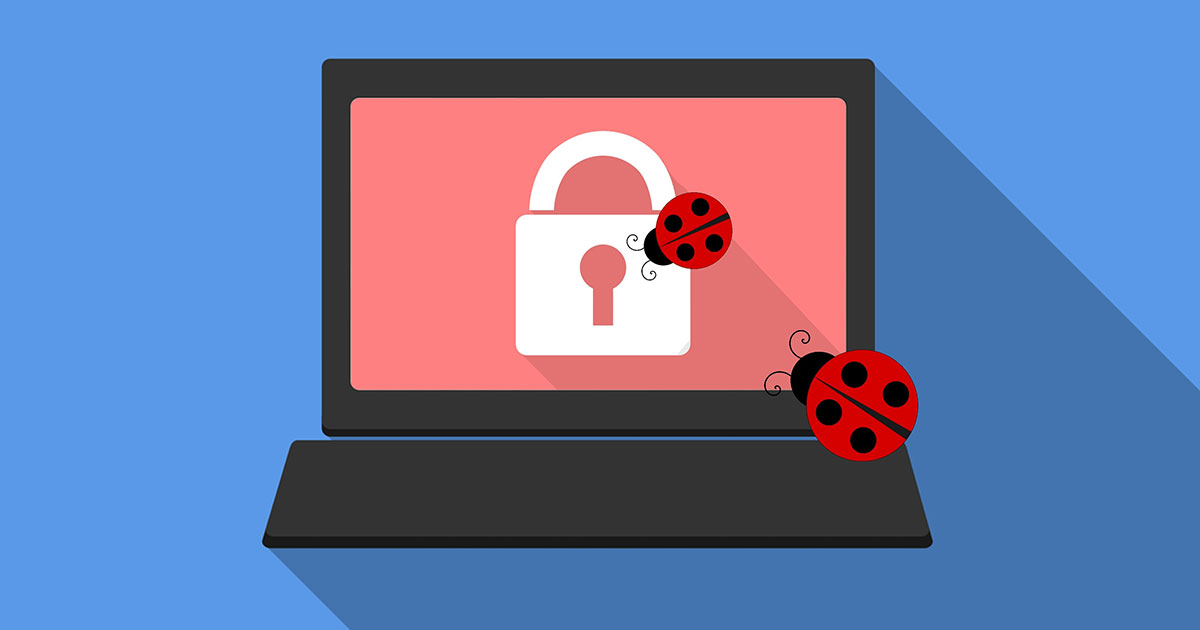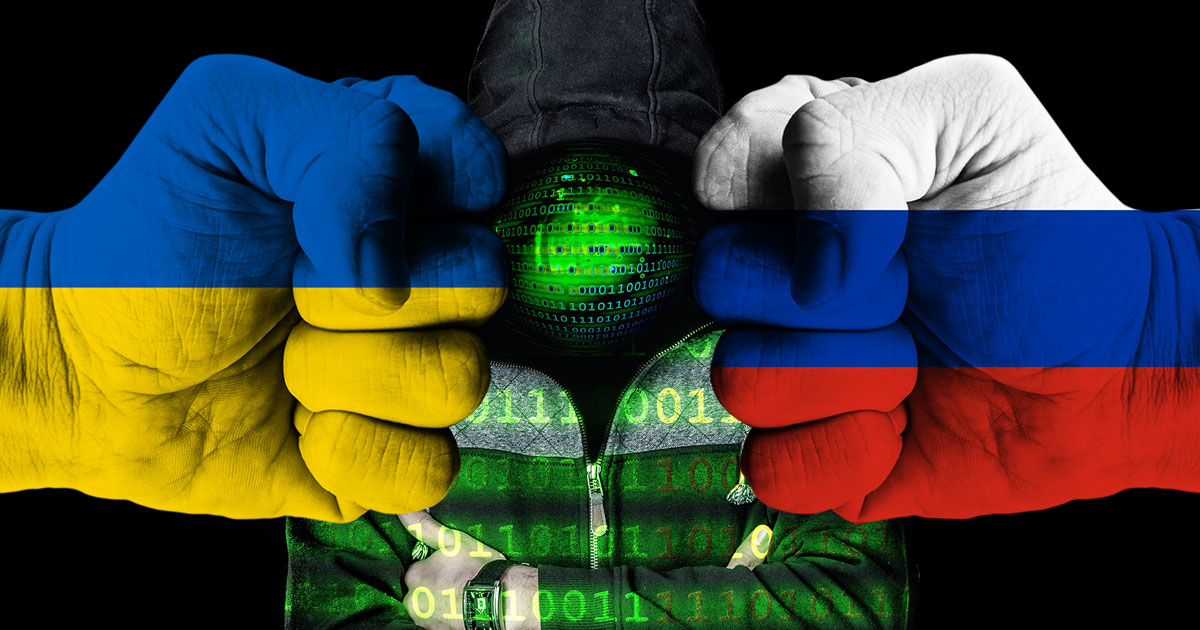
Have you heard about the latest wave of cyberattacks targeting Russian-speaking users? A dangerous new campaign is spreading the DCRat malware using a sneaky technique known as HTML smuggling. This time, the attackers have upped their game, delivering the malicious payload through HTML files, a method not seen before with this malware. With cyber threats evolving fast, could your system be at risk?
A New Twist on DCRat Malware Delivery
HTML smuggling is the current channel used to deliver DC Rat, also known as Dark Crystal Rat, which marks a significant departure from its previous mode of distribution. In earlier days, DCRat was mainly propagated through phishing emails, compromised websites, or sensitive malicious attachments within PDF files and Excel sheets. However, today it is being transmitted via HTML smuggling, a more sophisticated and camouflaged route capable of slipping past a large number of security products that would otherwise flag it.
What makes this technique so effective? HTML smuggling embeds the malware within an HTML file or retrieves it from a remote server. This file can then be spread through fake websites or malicious email campaigns (known as malspam). When the user opens the file in a browser, the malware payload is decoded and downloaded onto their device, often without raising any red flags.
Attackers are pretending to be popular Russian sources, for instance, TrueConf and VK, and tricking the victim into clicking the files. Opening the files means installing, albeit unknowingly, a password-protected ZIP file evidently shaped to bypass the attention of security software. That archive will be yet another layer- a RarSFX archive that helps install malware on the user's computer system. Specific punctuation: rather than using comma splices, consider other unconventional means of separating different subjects that exists in one sentence, such as alternating conjunctions.
The Full Power of DCRat
DCRat is not just any piece of malware. First appearing in 2018, it's a full-fledged Remote Access Trojan (RAT) capable of granting cybercriminals complete control over infected systems. Once inside, it can execute shell commands, log keystrokes, and steal sensitive files and credentials. The malware is modular, meaning attackers can extend its abilities with additional plugins, making it a versatile tool for various malicious activities.
Social Engineering at Play
How do the attackers trick the users into opening these malicious files? Social engineering. Trusting to mimic the very same most popular platforms and companies, which is how most attackers use social engineering. Netskope security researchers found several fake HTML pages masquerading as popular Russian platforms. Their design lures users to download files they believe are legitimate. The level of danger is different since many victims might believe they are interacting with, say, a familiar site or document.
A Broader Threat Landscape
This campaign isn't happening in isolation. Russian companies are also facing attacks from a group known as Stone Wolf, which has been spreading the Meduza Stealer malware through phishing emails. These emails are disguised as legitimate messages from industrial automation providers. The attackers even go as far as mixing in legitimate attachments alongside the malicious files, making it harder for victims to detect the threat.
But that's not all. Another alarming trend is the use of generative artificial intelligence (GenAI) to help cybercriminals write malware scripts. Experts from HP Wolf Security have noted that such AI-generated scripts allow cybercriminals to develop much more sophisticated attacks in a much easier, faster way. The structure of the malware's code, including comments and variable names, indicates that AI played a role in its creation. This development is making it easier for even less-experienced criminals to launch damaging attacks.
How to Protect Yourself
What can organizations do to guard against this new wave of attacks? Experts recommend closely monitoring HTTP and HTTPS traffic to detect communications with suspicious or malicious domains. Businesses should also stay vigilant by training employees to recognize phishing emails and malicious downloads. Updating security software and performing regular scans are more critical than ever.
This growing threat, combining HTML smuggling and AI-generated scripts, is a sign that cybercriminals are evolving their tactics, making it essential for individuals and companies alike to stay ahead of these new dangers.
Don't Become the Next Victim
Cyberattacks like these are becoming more sophisticated and widespread. By using deceptive techniques and exploiting human trust, attackers are finding new ways to slip past defences. Staying informed about these tactics is the first step in protecting your data and systems. Could your organization detect an attack like this before it's too late?
Stay one step ahead by reviewing your security protocols now—before you're the next target.
Exclusive Blog
Read All Exclusive Blog »
With world working from home, it's time to make it enjoyable and effective.
Read DetailsHacking Tools
Explore All Hacking Tools »
UFTP is an encrypted multicast file transfer program for secure, reliable & efficient transfer of files. It also helps in data distribution over a satellite link.
Read Details









